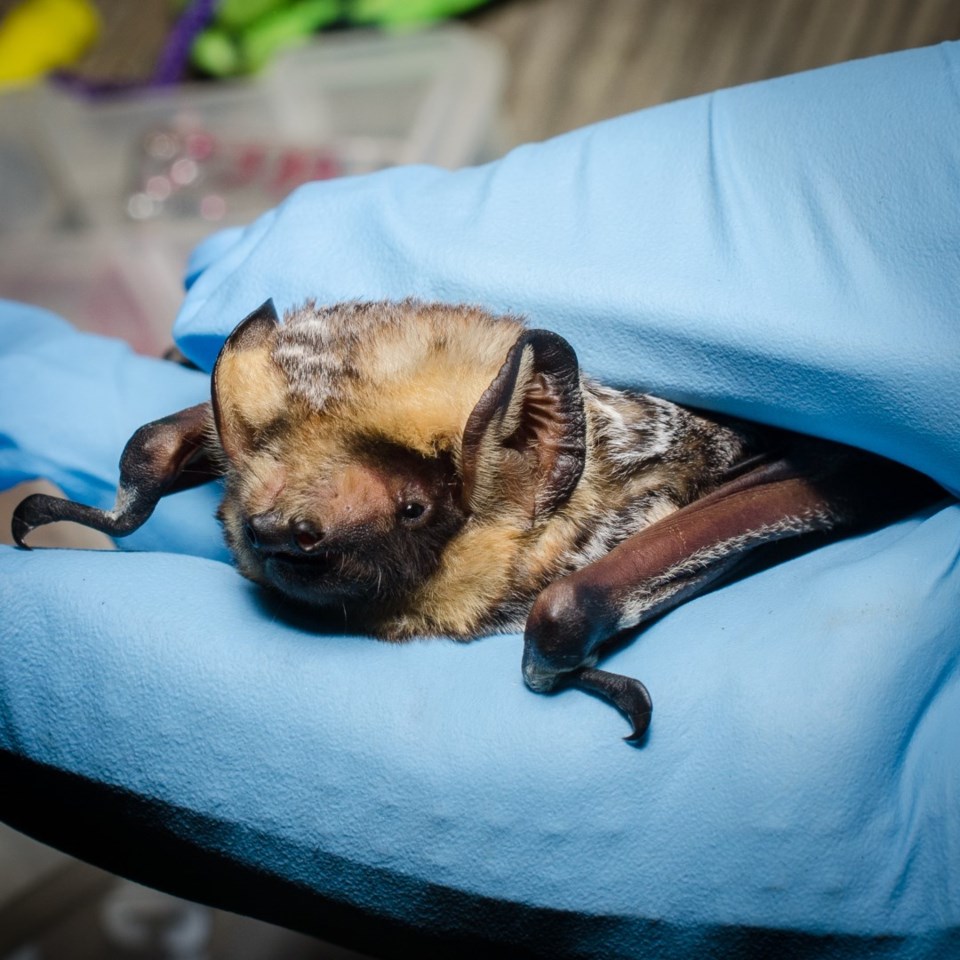SASKATCHEWAN – Everywhere you look are images of Halloween. Along with them are images of bats, wolves, owls, ravens, spiders and other commonly feared animals.
However, a national land conservation group says these images act as a deterrent to the public from actually knowing the facts about these species and their need to survive. While encouraging kids to enjoy dressing up and going door to door for Halloween treats, the Nature Conservancy of Canada is also inviting everyone to learn more about the myths associated with these misunderstood species. The non-profit organization hopes that with some greater education, people will switch from fearing these animals to being concerned for their survival and will support private land conservation efforts.
“It’s really sad that many of these species are misunderstood. Instead of fearing these animals, we should actually be scared for them because many of the species we are talking about are at-risk or endangered,” said Megan Quinn, co-ordinator for conservation biology with the Nature Conservancy of Canada.
“Several bat populations, for example, have seen huge declines. And the problem is, if people are afraid of something, they may not really understand why we need to protect it or, even worse, be openly hostile to these creatures that are just trying to survive.”
Around this time of year, movies, costumes and lawn decorations feature visuals ranging from cute and cuddly to genuinely creepy, peppered with portrayals of commonly misunderstood and often feared animals. Although legends of owls, bats, vampires, wolves and werewolves make for great stories, over time these haunting images have contributed to negative and fearful stereotypes of these animals.
“People are sometimes afraid of things that we don’t get to interact with. A lot of these species, such as owls and bats, are nocturnal. They come out at night so we don’t get a real good look at them and don’t have a chance to understand and appreciate them,” said Quinn.
Quinn says many of the species get a bad rap and have been negatively depicted at a time when they are of national and global conservation concern. One example is the little brown bat. A deadly fungus has been moving its way westward across North America and has made it through to Saskatchewan. It has already decimated more than 90 per cent of little brown bat populations in eastern Canada. Eastern wolves are also considered to be threatened in Canada.
Quinn says that NCC is not only protecting habitat for some of these species and making sure they have a place to live, but it is busting some myths and educating people so they understand these species as well. The group says bats are a good place to start.
“We have vampires to thank for our fear of bats. One of the big myths is that bats will suck your blood. None of the 18 species of bats that we have in Canada drink blood. They are all insectivores, meaning they eat insects, including some people don’t want buzzing around like mosquitoes. So if you don’t like mosquitoes, you should really like bats,” said Quinn.
Some species of owl, such as barn owl, burrowing owl and short-eared owl, are also struggling. Like other nocturnal creatures, Quinn says owls sometimes get an unfair reputation.
“They look spooky because they have big round eyes. Their call is very haunting, and they are silent when they fly, which is kind of eerie and adds that overall mystique. However, owls do a lot of very good things for our ecosystems. They are fantastic at keeping rodent populations in check and are a key part of the forest ecosystem. Unfortunately, we are seeing many of our owl species decline,” says Quinn.
In Canada, there are over 800 at-risk species. Species at risk are plants and animals in danger of disappearing. The Nature Conservancy of Canada currently protects and stewards habitat for over 240 species at risk.
SASKTODAY.ca is Saskatchewan's home page. Bookmark us at this link.




